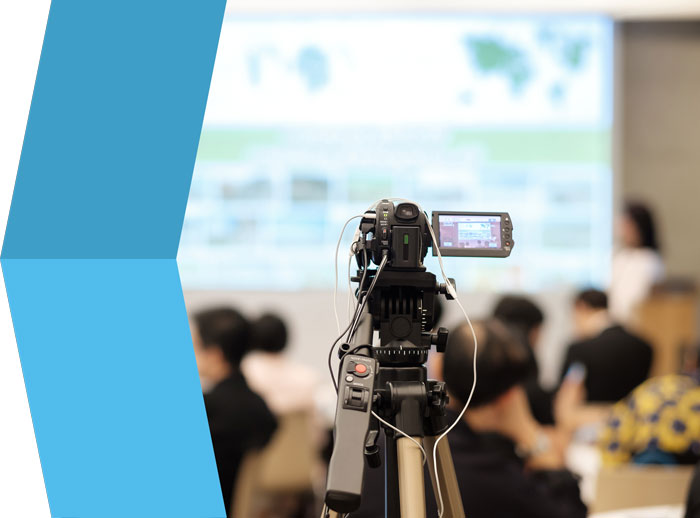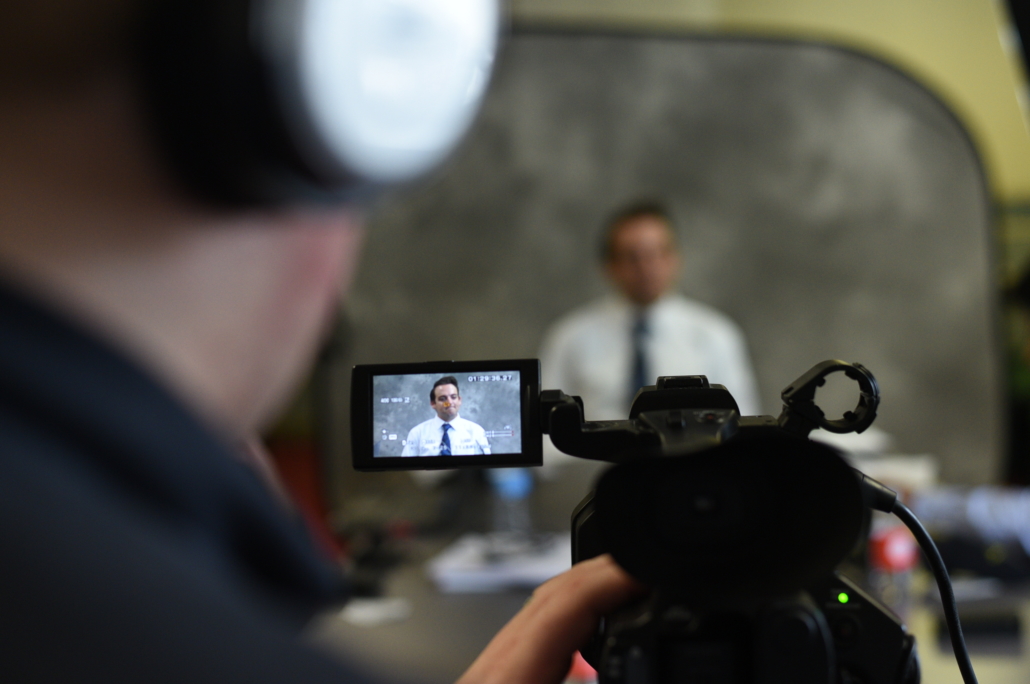Diving Into the Mechanisms of Legal Videography: Unveiling Its Operation in Safeguarding Genuine Aesthetic Testament for Judicial Process
In the world of judicial process, the function of legal videography stands as a keystone in preserving and offering aesthetic evidence. As technology remains to breakthrough, the devices behind lawful videography have become significantly detailed, using a critical layer of credibility to testimonies captured on video. By delving right into the functional details of legal videography, one can uncover the careful processes that guard the honesty of visual proof provided in courtrooms - Legal Videography. This expedition not only clarifies the historic evolution of lawful videography however also means the future trends that might even more reinvent exactly how visual testaments are supported in the world of justice.
Historic Evolution of Legal Videography
Checking out the historical progression of lawful videography reveals a considerable transformation in the capturing and discussion of aesthetic proof within the legal landscape. In the past, legal procedures greatly relied on written transcripts and photos to record occasions and supply evidence. However, with the development of video innovation, the lawful industry experienced a paradigm change in how aesthetic testimony was caught and provided.
The evolution of legal videography can be traced back to the late 20th century when developments in video recording equipment made it much more easily accessible for usage in courts. This technical improvement not just improved the accuracy and dependability of visual evidence but also revolutionized the way instances were presented to judges and courts (Legal Videography). Lawyers started to identify the convincing power of video recordings in conveying emotions, subtleties, and non-verbal hints that composed transcripts or photographs alone might not catch efficiently

Modern Technology Advancements in Video Clip Documents
What essential technical improvements have revolutionized video clip documentation in the lawful field? The lawful field has seen significant improvements in video paperwork technology that have actually enhanced the authenticity and integrity of visual proof in judicial proceedings.
Additionally, advancements in video security and watermarking technologies have actually strengthened the safety and tamper-proof nature of video clip evidence, securing it versus unapproved alterations or tampering. In addition, the introduction of cloud storage space remedies and remote access abilities has structured the storage space, retrieval, and sharing of video proof, promoting seamless collaboration among attorneys and guaranteeing effective accessibility to important aesthetic testaments when needed. These technological improvements in video clip documents have most certainly revolutionized the legal field, enhancing the precision, reliability, and admissibility of visual evidence in judicial proceedings.
Duty of Lawful Videographers in Court Room Setups
The evolution of video documents modern technology in the lawful field has actually demanded a vital function for legal videographers in court room settings, guaranteeing the integrity and integrity of visual testimonies offered during judicial process. Lawful videographers play a fundamental duty in catching weblink and preserving exact visual proof that can be essential in litigation. Their duty encompasses establishing tools, taping proceedings, and generating premium video clips that precisely mirror the events in the court room.
In addition, lawful videographers often work carefully with lawful groups to make sure that the video clip proof straightens with the case's requirements and can be efficiently provided in court to support the legal disagreements being made. Generally, the function of lawful videographers in court setups is vital in promoting the concepts of justice and making certain the openness of lawful process. Legal Videography.

Ensuring Admissibility and Integrity of Video Proof
To maintain the trustworthiness of aesthetic proof presented in legal procedures, making certain the admissibility and integrity of video proof is an essential responsibility for lawful videographers. Admissibility refers to the approval More Info of evidence by the court, and for video clip proof to be admissible, it has to meet certain requirements. Lawful videographers play a crucial role in making sure that the video clips they record follow the rules of evidence, such as significance, dependability, and credibility.
Stability of video evidence involves maintaining the originality and precision of the video from the moment it is videotaped till it exists in court. This consists of safely keeping the video documents, recording the chain of wardship, and preventing any kind of meddling or modifications. Legal videographers should adhere to strict protocols to assure the honesty of the video clip proof and stop any type of challenges to its authenticity.
Future Trends in Legal Videography
Offered the increasing reliance on innovation in legal proceedings, lawful videographers are poised to embrace cutting-edge innovations forming the future of visual testament capture and discussion. One of the noticeable patterns imminent is the assimilation of digital reality (VIRTUAL REALITY) and enhanced truth (AR) modern technologies into lawful videography. These technologies have the possible to reinvent exactly how aesthetic proof exists in court rooms, enabling courts and juries to submerse themselves in the scene of the criminal offense or incident.
Moreover, using expert system (AI) formulas for video evaluation is anticipated to improve the look at here procedure of assessing and examining large amounts of video clip footage. AI can assist in recognizing key minutes, abnormalities, and patterns within videos, improving the efficiency of legal examinations.

Final Thought
To conclude, lawful videography has played a critical function in providing authentic aesthetic evidence for judicial process. Through technical advancements and the experience of legal videographers, the honesty and admissibility of video evidence are guaranteed in courtroom settings. As lawful videography remains to advance, it will certainly be vital to support requirements that keep the accuracy and dependability of aesthetic testimony for the future of legal process.
Analyzing the historic development of lawful videography reveals a considerable makeover in the capturing and presentation of aesthetic proof within the lawful landscape.The evolution of video paperwork modern technology in the lawful field has required a vital duty for legal videographers in courtroom settings, making sure the honesty and integrity of aesthetic testimonies presented during judicial procedures. Furthermore, legal videographers commonly function very closely with lawful groups to make sure that the video clip proof lines up with the situation's needs and can be properly offered in court to sustain the lawful debates being made.To keep the credibility of visual evidence offered in lawful process, guaranteeing the admissibility and stability of video evidence is a crucial responsibility for lawful videographers. As lawful videography proceeds to progress, it will be vital to support standards that maintain the precision and integrity of visual testimony for the future of legal procedures.